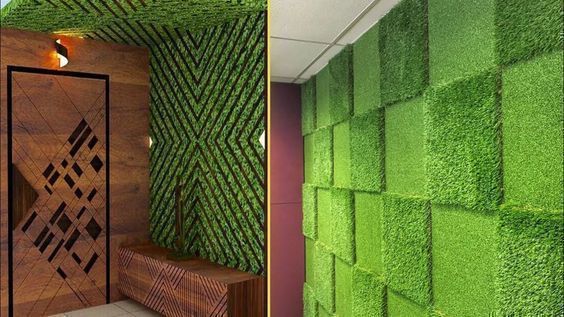Green artificial grass offers an eco-friendly and sustainable solution for homeowners who desire a lush green lawn without the hassles of maintenance and excessive water usage. This article explores the benefits of green artificial grass, including its environmental impact, durability, and realistic appearance.
Environmental impact of green artificial grass
One of the primary advantages of green simulated grass is its positive impact on the environment. Unlike natural grass, it requires little to no watering, reducing water consumption significantly. Additionally, it eliminates the need for chemical fertilizers, pesticides, and herbicides, which can harm the ecosystem.

Image Source – Google
Moreover, artificial grass doesn't require mowing, diminishing noise and air pollution caused by lawnmowers. By choosing green artificial grass, homeowners can contribute to water conservation efforts and reduce their carbon footprint.
Durability and longevity
Green artificial grass is designed to withstand various weather conditions and heavy foot traffic, making it highly durable. Made from high-quality synthetic materials, it can endure prolonged exposure to sunlight, rain, and extreme temperatures without fading or losing its shape.
Additionally, its resilient fibers ensure that it remains lush and green throughout the year, regardless of the season. This durability translates into long-term cost savings, as homeowners avoid expenses associated with regular lawn maintenance, such as watering, fertilizing, and seeding.
Realistic appearance
Modern green artificial grass is engineered to closely resemble the look and feel of natural grass. It features a combination of different shades of green and incorporates realistic textures, giving it a natural appearance.
Furthermore, some artificial grass products even include brown fibers or thatch to imitate the look of dead grass, adding to the realism.